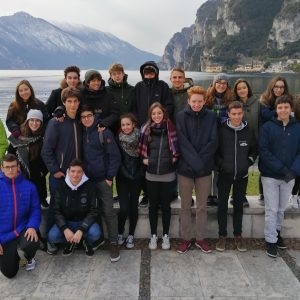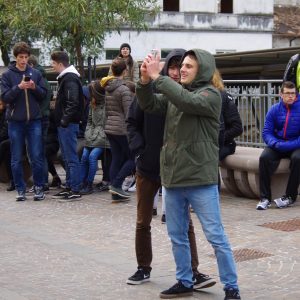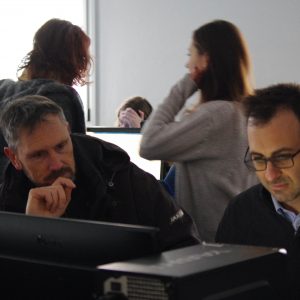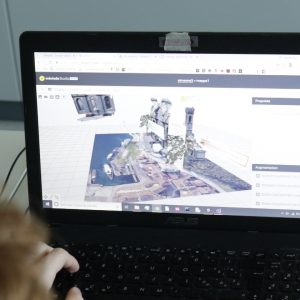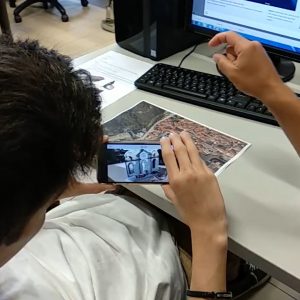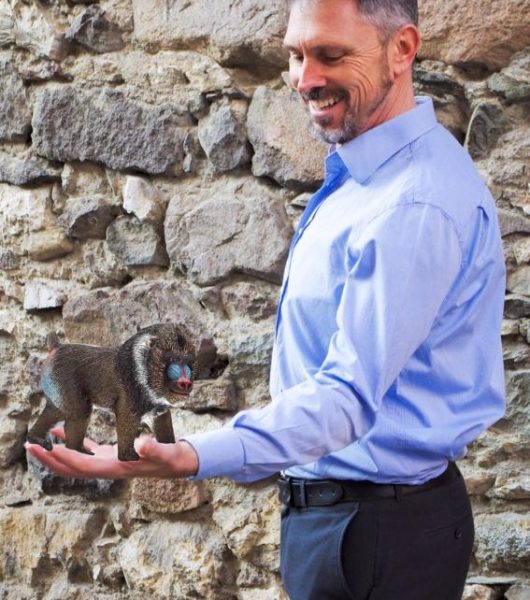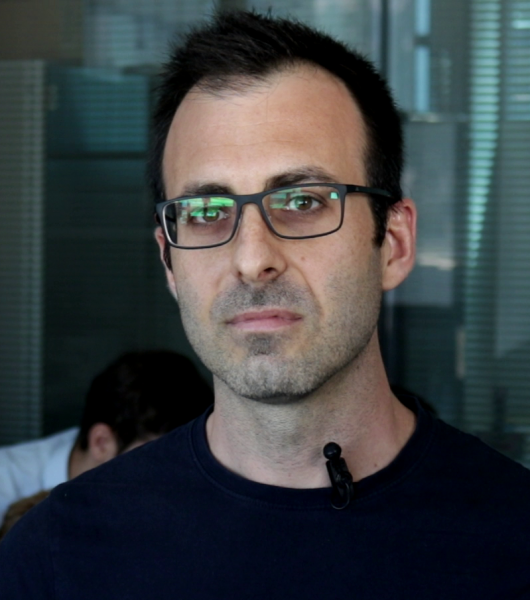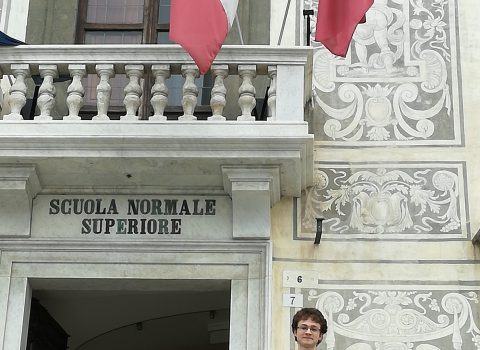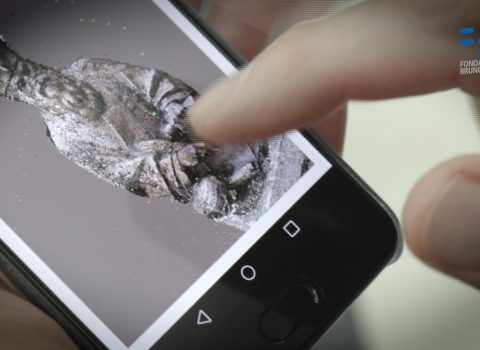
From books to augmented reality: artificial intelligence for art history teaching 2.0
The students of the Maffei High School in Riva del Garda have virtualized sites and objects that are artistically relevant to the town. To do this they used REPLICATE, an app developed by Fondazione Bruno Kessler that allows the creation of 3D models of objects and buildings, thanks to photographs taken with just a smartphone
To rediscover the art history of a place, there are innovative ways that can combine real and virtual objects. Among these, there is the possibility of using a smartphone that, combined with a tourist map, can show us buildings and monuments in all their entirety, with a wealth of details and interesting facts about it. And it is actually an augmented reality map the result of the project developed by the high school students, as part of the Alternating School and Work Program, with the support of the TeV (Technologies of Vision) unit of FBK’s ICT centre.
Consuelo Segala, the Maffei School’s computer science teacher involved in the project, explains to us how the activity was conducted: “In the first stage, the class visited FBK and the researchers presented the project and talked about artificial vision and augmented reality. In the following meeting, at Riva del Garda, we had the chance to survey monuments and buildings chosen for the creation of 3D models. Finally, the students had the chance to reconstruct the models directly from smartphones and create actual augmented reality objects“.
The special feature of the application is that all students, with their phones, collaboratively participate in the creation of 3D models, as Fabio Poiesi, FBK researcher and project tutor together with Paul Chippendale, explains: “The application that the students have used can transmit images directly on a rendering server. One can see the preview on one’s smartphone as the images shot by users are added. This way, it is possible to understand which parts of the scanned objects are there and which are missing.”
An example of how technology and teaching are going hand in hand, with more and more innovative and engaging study methods: “Compared to studying art history on a book, in two dimensions and with a somewhat boring text, – Leon Vaia, a high school student says while he smiles – seeing a 3D work does not make it necessary to just imagine it, but it allows you to make it much more real and understandable.” High school teachers, who see in the reworking of the contents an excellent opportunity to learn, agree: “It was very interesting to have, in addition to the three-dimensional model, the description of the models. – Laura Polidoro, the teacher of art history, explains – This has allowed students to revise the concepts, thus creating an organic map that can also improve the spatial conception of the works. ”
During the field trips, the students had the chance to photograph various monuments and representative buildings, to obtain 3D models thanks to the use of the Replicoder application. The buildings and monuments scanned during the project with FBK follow an architectural path, present in Riva del Garda, created by Giancarlo Maroni, architect known mainly for the Vittoriale degli Italiani in Gardone, residence of the poet Gabriele D’Annunzio, but who contributed to the reconstruction of Riva following WWW1 and to the design of the current hydroelectric plant.
The trail has therefore provided for the reconstruction of numerous monuments mainly of Roman times including the Roman sarcophagus of the Giardini Verdi, the Rocca, the church of San Rocco, the beach of the olive trees and the hydroelectric plant.
Then, using the Wikitude application, the Maffei High School students were able to place the three-dimensional models within a real map and to visualize them on their cell phones in their entirety.
